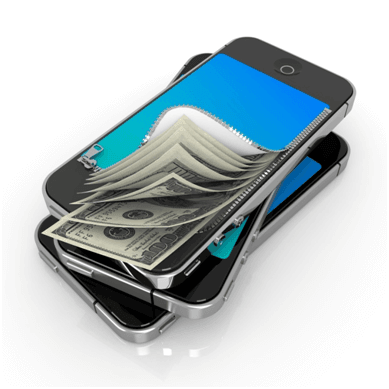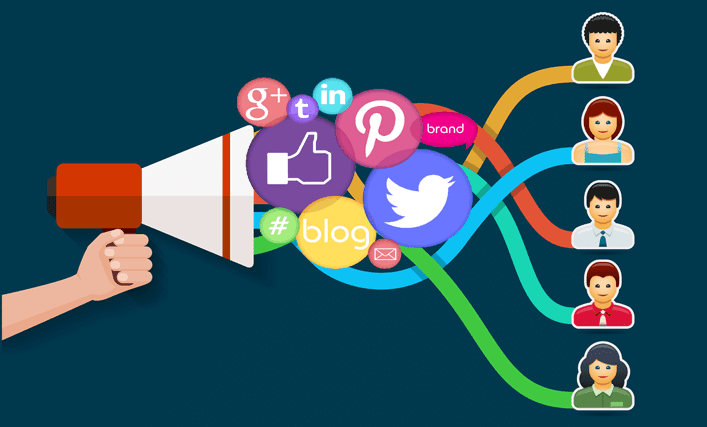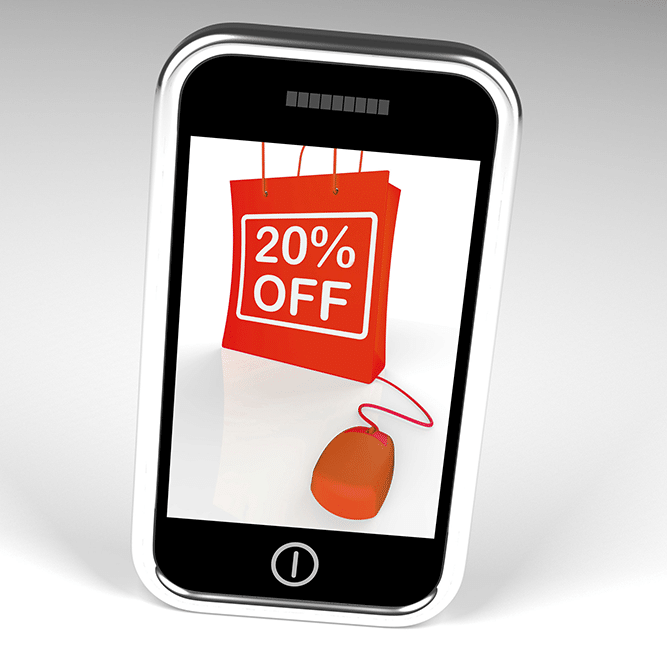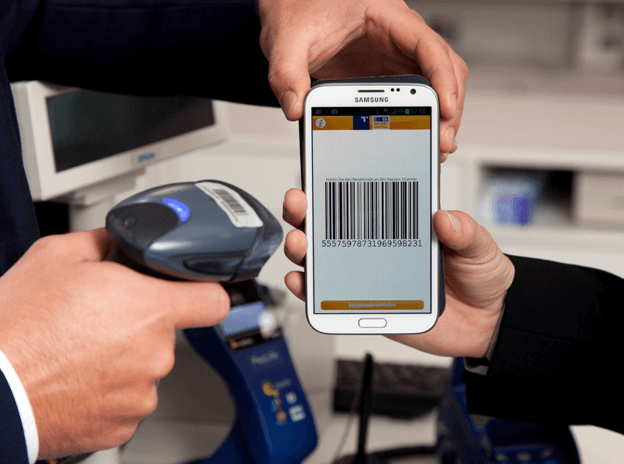Table of Contents
Modern marketing is about communication, integration and support. Mobile owners are increasing in number, and businesses are thriving. In 2016, we’ll witness the advent of augmented reality, the adoption of mobile wallets, and the crossover of social media and e-commerce. It’s going to be a big year for marketers and consumers alike.
Your business might be a well-oiled machine, but it should still stay up to date on the upcoming marketing environment. Specifically, we’re talking about how the need to move your marketing to mobile is becoming more and more of a necessity every year. Below, we’ll show you how to prepare your mobile strategy for 2016. Check out these following mobile marketing trends likely to make a splash, and find out how your brand can make an impact.
1. Offer Mobile Payments
Mobile payments were introduced several years ago, but they’ll become one of the mainstream payment options in 2016. A recent Forrester report states that United States mobile-based payments are expected to rise to $142 billion by 2019. More and more brands will join Apple, Google, and Samsung to incorporate mobile payments into their app options, increasing the mobile user’s ability to make in-store purchases.
2. Integrate with Social Media
Social media is expected to have an even bigger year in 2016. Sure, Facebook is always growing, but it’ll reach great new heights this year. Right now, mobile users are engaging with their social media daily. Facebook already has 894 million mobile visitors each day, and it’s only expanding. In 2016, mobile marketers will use social media for in-depth, personalized feedback.
3. Offer Mobile Discounts with SMS
Text message marketing, too, is spreading its wings. In 2015, 50 percent of American consumers made purchases immediately after receiving a branded text discount. QR codes, mobile coupons, and even loyalty points are worthwhile investments in 2016. Moreover, they’ll lower your business’s expenses while increasing retention and customer satisfaction.
4. Get Into Text-Based Voting
SMS might be a viable “discount vehicle,” but it’s also an incredibly powerful voting tool. In 2016, brands will incorporate real-time text senders to bring audiences down to their level. Incorporative consumer interaction makes users feel involved. It also inspires ongoing discussion.
In upcoming years, brand involvement will be a two-way street. Companies won’t get away with blasting texts anymore. They’ll need to offer dynamic feedback systems. Check out this article to craft an impactful text message voting system.
5. Prepare for Personalized Digital Retail
Consumers are already using their smartphones to shop in-store. In 2016, personalized digital retail will grow rapidly. Already, intelligent technology providers are drafting ideas to improve fashion shopping with 3D product overlay. We’re a ways off from digital “test runs,” but many industries are adopting in-store mobile experiences to boost consumer buys.
5. Target Millennials
Your consumer base is aging. Now, Millennials are at the helm of smartphone marketing. 16 to 24-year-olds spend about 3.25 hours, daily, on mobile use. They’re running the show, and your brand should be targeting them first.
In doing so, you can guarantee a consumer-relevant strategy. You can promise the goods and services your buyers want. More importantly, however, you’ll be able to match the world’s most actionable consumer segment with emergent technology. Find out what your buyers want, implement it and measure it. You’ll be surprised how far audience examination can carry a brand in mobile marketing.
7. Focus on Native Advertising

Native advertising will dominate the mobile marketing world in 2016. Native ads will reinvent the way consumers engage business providers, and they’ll rebuild trust between advertisers and buyers. Currently, mobile native ads pull twice the CTR display ads do. They also bypass mobile ad blockers, reach audience segments with pre-defined contexts and succeed in procuring long-term buyers. Today, 73 percent of United States media purchasers have invested in native advertisement. By the start of 2018, native ad spending is expected to reach $21 billion. If you haven’t yet, take a look at native advertising. You’ll be glad you did.
What’s Next?
What do you think of what I’ve covered so far? Will you adopt mobile as your tool for marketing? I would love to read your comments below.















